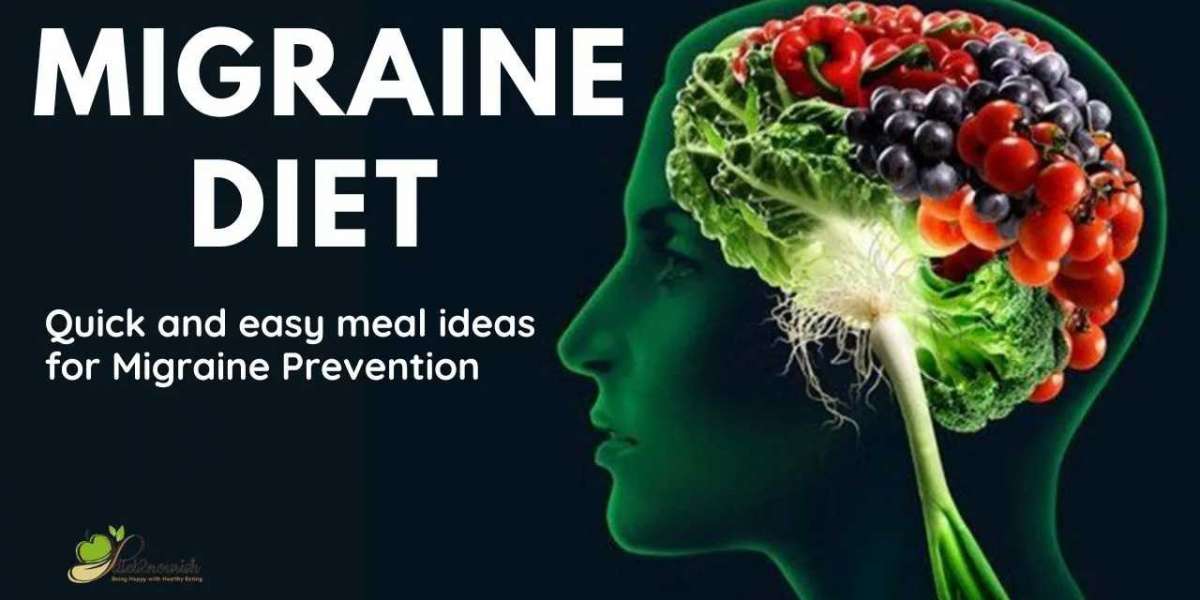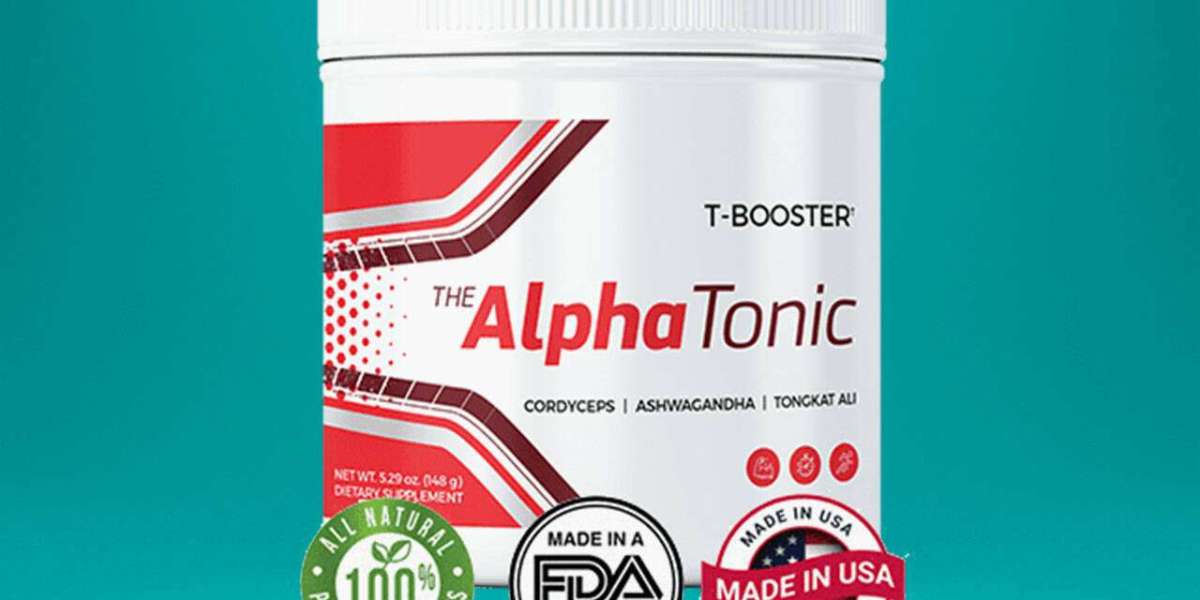Migraine is a neurological condition that causes intense headaches, often accompanied by other symptoms such as nausea, sensitivity to light and sound, and dizziness. While there is no specific diet that can cure migraines, certain dietary modifications can help manage and reduce the frequency and severity of migraine attacks. In this article, we will discuss some effective dietary modifications that can help manage migraines.
Keep a Food Diary Keeping a food diary can help identify trigger foods that can cause migraines. Some common trigger foods include aged cheese, processed meats, chocolate, alcohol, and caffeine. By tracking your food intake, you can identify the foods that trigger your migraines and avoid them in the future.
Stay Hydrated Dehydration is a common trigger for migraines. Make sure to drink plenty of water throughout the day to stay hydrated. Avoid sugary drinks and caffeine, as they can cause dehydration.
Avoid Skipping Meals Skipping meals can cause a drop in blood sugar levels, which can trigger migraines. Make sure to eat regular, balanced meals throughout the day. Including protein and healthy fats in your meals can help stabilize blood sugar levels and prevent migraines.
Consider a Low-Tyramine Diet Tyramine is an amino acid that is found in certain foods and is a common trigger for migraines. Foods that are high in tyramine include aged cheese, smoked meat, soy products, and fermented foods. Consider following a low-tyramine diet if you are sensitive to tyramine.
Incorporate Magnesium-Rich Foods Magnesium is a mineral that has been shown to help prevent migraines. Foods that are rich in magnesium include leafy green vegetables, nuts, seeds, whole grains, and legumes. Consider incorporating these foods into your diet to help prevent migraines.
Limit Histamine-Rich Foods Histamine is a chemical that is released in the body during an allergic reaction and can also be found in certain foods. Histamine can trigger migraines in some people. Foods that are high in histamine include aged cheese, fermented foods, and cured meats. Limiting or avoiding these foods can help prevent migraines.
Sample Migraine Diet Plan Here is a sample migraine diet modification that incorporates the dietary modifications mentioned above:
Breakfast: Greek yogurt with berries, almonds, and a slice of whole-grain toast Mid-morning snack: Carrots with hummus Lunch: Grilled chicken breast with mixed greens, roasted sweet potatoes, and quinoa Afternoon snack: Apple slices with almond butter Dinner: Salmon with roasted vegetables and a side of brown rice Evening snack: Herbal tea or a small serving of fruit
Remember, every person's migraine triggers and dietary needs are unique. Consult with a registered dietitian or healthcare provider to determine the best meal plan for your individual needs. By making dietary modifications and identifying trigger foods, you can manage your migraines and improve your quality of life.



